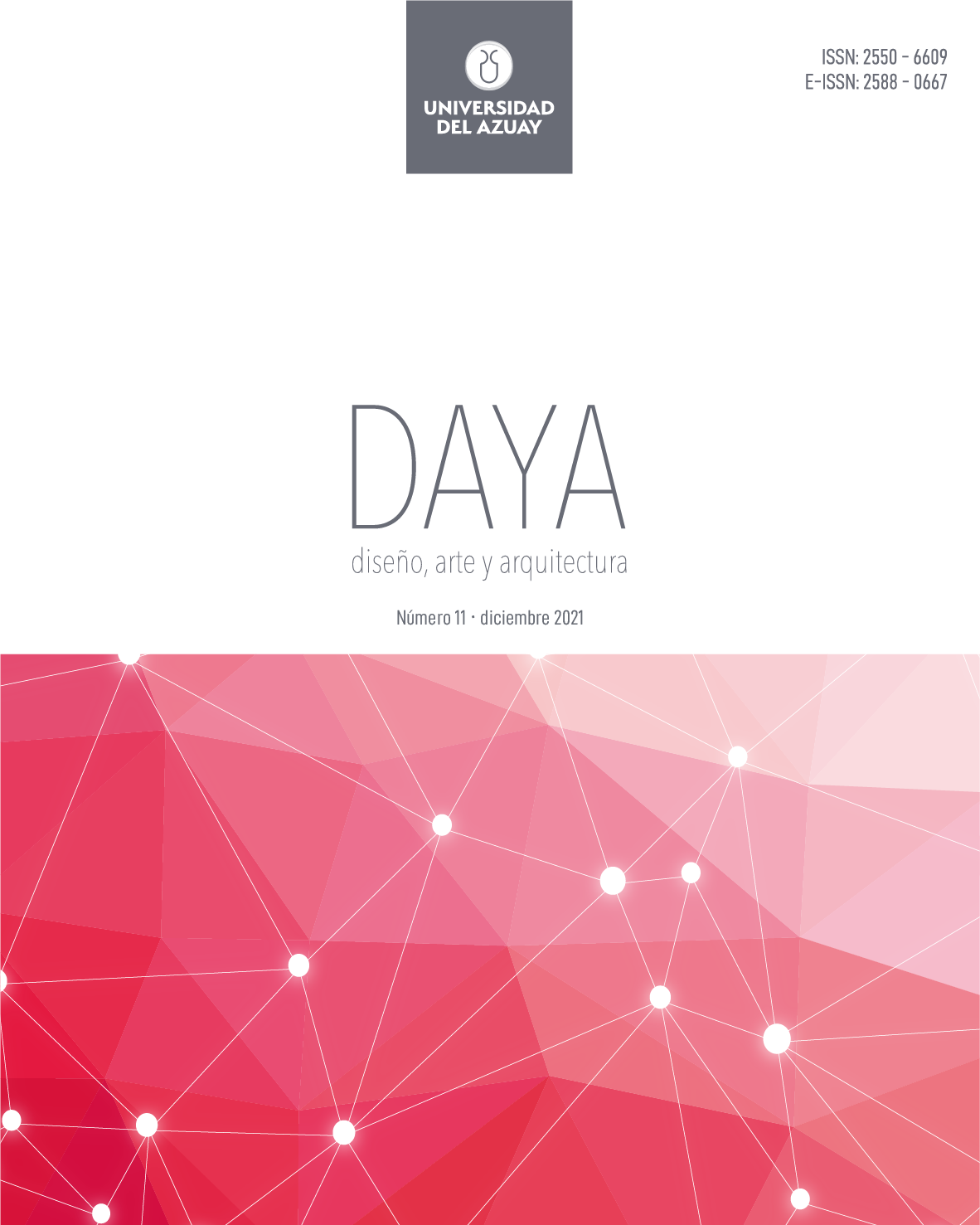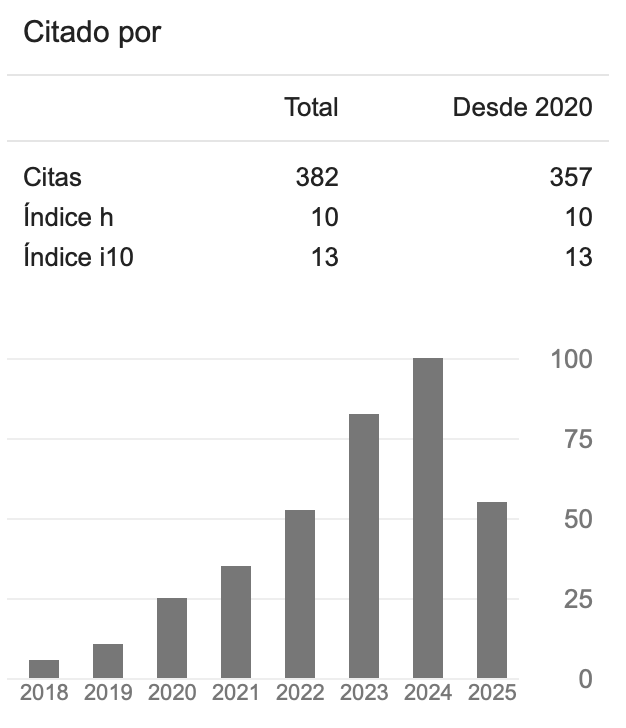APLICACIÓN DE LA CELULOSA BACTERIANA EN EL DISEÑO DE PRODUCTOS: UN CAMINO A LA SUSTENTABILIDAD
DOI:
https://doi.org/10.33324/daya.vi11.458Keywords:
Celulosa bacteriana, biomateriales, diseño ético, diseño sustentable, diseño de productoAbstract
Los niveles de contaminación ambiental provocados por la industria han sobrepasado la capacidad del planeta, en este resultado tiene una responsabilidad importante el diseñador de productos, por ello juega un papel sustancial la ética del diseñador en lo que respecta a la sustentabilidad. Las innovaciones de los biomateriales brindan una oportunidad en esa reivindicación, es así que, la investigación pretende a través de la aplicación de la celulosa bacteriana obtener nuevas posibilidades para la industria del diseño y cuidado del medio ambiente reduciendo los niveles de basura que generan los materiales comunes, debido a que este material celulósico es considerado como sustentable y de carácter renovable. Se planteó el desarrollo de los productos a través de la ruta metodológica ARZ, que coloca los criterios de sustentabilidad como eje de inicio y final al momento de plasmar la necesidad, ideación, venta, uso y desuso del nuevo producto. Como resultado se obtuvo un biomaterial con características fisicoquímicas y mecánicas que permitieron la aplicación en tres series de productos: calzado, carteras y bisutería. La sustentabilidad es la opción del nuevo pensamiento productivo del diseño y de los diseñadores, es decir, crear con responsabilidad social y ambiental.
Palabras clave: Celulosa bacteriana, biomateriales, diseño ético, diseño sustentable, diseño de producto.
Abstract
The levels of environmental pollution caused by the industry have exceeded the capacity of the planet. The product designer has an important responsibility for this result, therefore, the ethic of the designer takes a substantial role related to sustainability. The innovations of biomaterials provide an opportunity in this claim, and so, this research aims to obtain new possibilities for the design industry and care for the environment through the application of bacterial cellulose in order to reduce the levels of waste that is generated by the common materials because this cellulosic material is considered sustainable and renewable. The development of the products was proposed through the ARZ methodological route that places the sustainability criteria as the starting and ending axis at the moment of reflecting the need, ideation, sale, use, and obsolescence of the new product. Consequently, a biomaterial is obtained with physicochemical and mechanical characteristics that allowed its application in three series of products: footwear, handbags, and costume jewelry. Sustainability is the option of the new productive thought of the design, as well as the designers; that means, creating with social and environmental responsibility.
Keywords: Bacterial cellulose, biomaterials, ethical design, product design, sustainable design.
Downloads
Published
How to Cite
Issue
Section
License
Copyright (c) 2021 info:eu-repo/semantic/openAccess

This work is licensed under a Creative Commons Attribution-NonCommercial-ShareAlike 4.0 International License.






